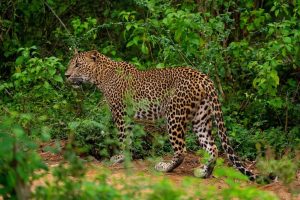Why Sri Lanka’s Wildlife Safaris Are Beating Africa’s Best in 2025
In recent years, Sri Lanka has been rapidly climbing the ranks as one of the world’s most exciting wildlife destinations, giving even the most legendary African safari experiences a serious run for their money. The tropical island, long celebrated for its pristine beaches and cultural richness, is now making waves for its incredible biodiversity, accessible […]

